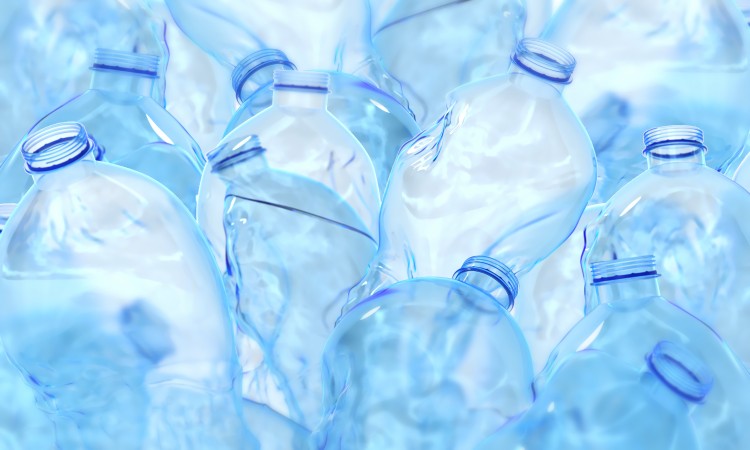
Reducing plastic, food, electronic and textile waste is a critical component to meeting New Jersey’s greenhouse gas emissions targets, as well as improving quality of life in communities by decreasing litter and air pollution. Access to information on hazardous conditions in our communities helps increase accountability and safety.
Primary Concerns:
- Plastic production fuels the climate crisis with increased greenhouse gas emissions and damages local communities where plastic is made with toxic air and water pollution.
- According to a report from the NJ Department of Environmental Protection, the average New Jersey resident wastes 325 pounds of food in 2017 and wasted food makes up to 22 percent of municipal solid waste.
- In 2019 alone nearly seven million tons of e-waste was generated in the United States according to Earth911 and only 15 percent of e-waste was recycled.
- The volume of textiles Americans sent to landfills and incinerators as waste is growing according to the US Environmental Protection Agency
- Access to timely information on hazardous materials traveling through communities or contaminated sites under third party purview remains challenging
- Although there are numerous sources of lead in the environment, research reveals that spent lead ammunition and lost fishing tackle are the most frequent causes of lead exposure and poisoning in wildlife
 Not Started
Not Started
 In Progress
In Progress
 Completed
Completed
-
First 100 Days
-
First 100 Days
-
First 100 Days
-
First 100 Days
-
First 100 Days
-
First Year
-
First Year
-
First Year
-
First Year
-
First Year
-
First Year
-
First Term
-
First Term
-
First Term
-
First Term
-
First Term
-
First Term
-
First Term
-
First Term
OR
OR
- Housing and Mortgage Finance Agency
- Department of Human Services
- New Jersey Redevelopment Authority
- Education
- New Jersey Division of Consumer Affairs
- Department of State
- Business Action Center - Department of State
- Office of Secretary of Higher Education
- Plastics Advisory Council
- Department of Treasury
- Higher Education
- State Agriculture Development Council
- New Jersey Transit Village Program
- Metropolitan Planning Organizations
- New Jersey Transit
- State Planning Commission
- Secretary of State - Office of Planning Advocacy
- Secretary of State - Division of Travel and Tourism
- Secretary of State
- Drinking Water Quality Institute
- Office of the Attorney General
- First Lady’s Office
- Governor’s Office - Authorities Unit
- Governor’s Office
- Department of Labor and Workforce Development
- Schools Development Authority
- Office of Emergency Management
- Agriculture
- Department of Education
- Department of Health
- Department of Children and Families
- Economic Development Agency
- Infrastructure Bank
- Board of Public Utilities
- Department of Transportation
- Department of Community Affairs
- Department of Environmental Protection
- Motor Vehicles Commission